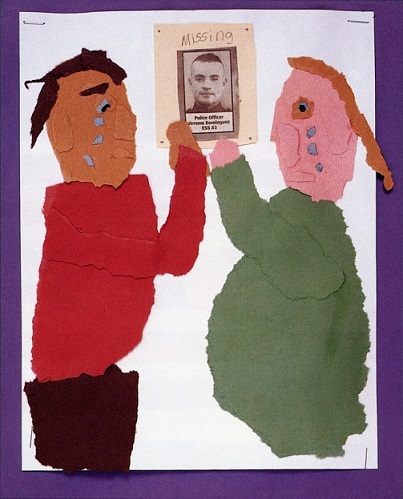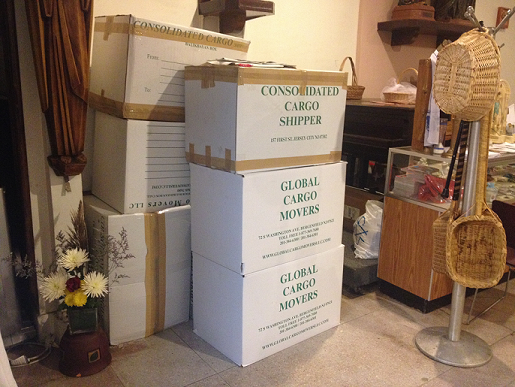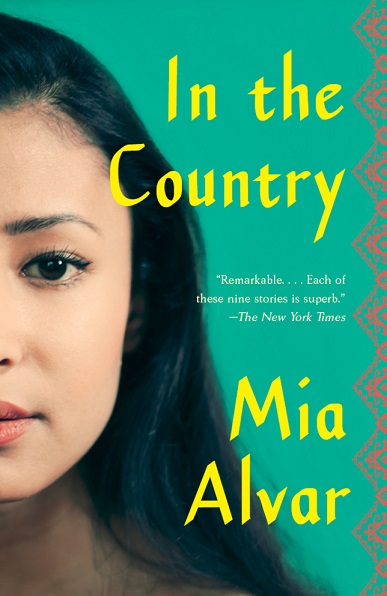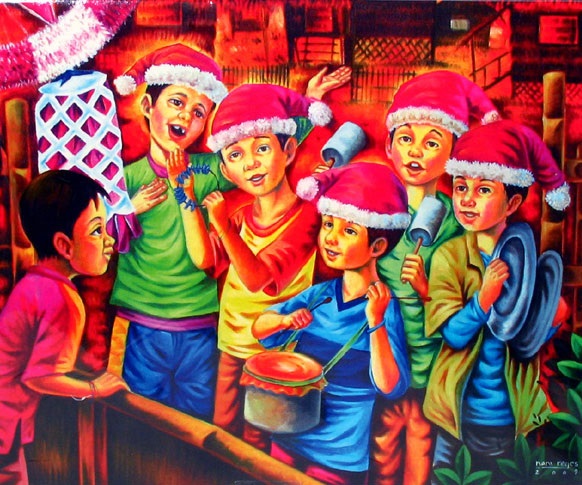Mother’s ‘tinupig’ and memories of Christmases past
By Richard CuanangMy holiday season here in the United States begins at Thanksgiving afternoon — always after work. While waiting for the guests to arrive, we start erecting the Christmas tree at the front door by the stairs. I have always been fascinated with the live tree, and I make it a point to adorn them with gold and silver pear and apple ornaments and dancing lights. The big ceramic pot is our base providing elegance and grandeur to our tree.
Back in the Philippines, my childhood Christmas was both simple and elaborate.
We would start with us siblings scouting for the tallest maguey flower along the mountains of my northern Ilocos Norte province. On September 1st, the Christmas carols would be blaring from radios, signaling the start of the world’s longest Christmas. The holiday songs, the aroma of coffee and rooster crowing at the crack of dawn would rouse us from sleep and break the solemnity of our house.
Putting up a Christmas tree was a monumental chore: First, we would buy bars of Perla soap and grate them. The flakes would be sprinkled around our tree to look like snow. Decorations using tiny toys, paper poinsettia flowers, and candies were hung with care – from top to bottom. Once our tree began to look “dressed” and festive, happy smiles would fill the room. The Christmas spirit would be shared by our family, especially my mother and my grandmother.
December 16th was usually the last day of school. Students wore their most colorful clothes for the class party. Students would be clustered in groups and assigned a dish to be shared with the class. In one such party, one of my classmates tried to take a pork barbeque, causing a mishap that led to the platter flying in the air. Many of us came down on the floor to pick up the sticks of barbeque and put them back on the serving plate. This incident has remained our class’ best kept secret.
My mother’s official “Christmas show” would start after we were off from school. We would gather unhusked coconut and banana leaves for her signature “tinupig” and “tinubong” delicacies. It was my job to prepare enough wood for our improvised oven. We would soak the rice to soften the grains, split the coconut and rinse the leaves. We would extract milk from the grated coconut and mix it with molasses and melted butter. By 12 noon, the first batch of “tinupig and tinubong” would be ready.
By 3 p.m. mother would drive to the downtown market to sell “bilaos” of her famous delicacy. Our kitchen would be getting a rest while she’s away.
To get ready for Noche Buena, my sister would start bringing out the pots and pans, while grandma would start to prettify the dining room bringing out the hardly used embroidered table cloths. By 11 p.m. everyone would be dressed and gathered at the dining room. We would invite the neighborhood children into the house to join us while we all listened to carolers. My grandmother could be seen smiling with the comforting sparkle in her eyes. It was her belief the grace of the Lord had blessed her household.
Me and my siblings would then go caroling in the dark around the neighborhood, the barking dogs drowning out our a cappella singing. People would tell us we were their first visitors and we were always thankful that they received us in their homes.
The end of the season was like a rollercoaster. We would do everything all over again on December 30th and 31st for the New Year Noche Buena feast as we welcomed the coming year wishing everyone a prosperous and healthy life. Flashback memories of the simple joys of our Ilocano customs sometimes make me want to break out in song – “You Raise Me Up” is quite fitting. They bring me back to the meaningful traditions I shared with my family. I couldn’t be more thankful.
Richard Cuanang works in the food and restaurant industry. He is a graduate of the Mariano Marcos State University in Batac.












